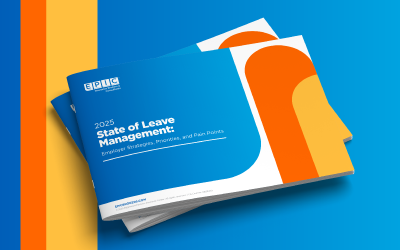There was a time – not that long ago – when insurers, healthcare consultants and employers were trumpeting a new solution to replace costly emergency room (ER) visits… Urgent Care facilities. With average ER costs approaching $2,000 in many urban geographies, the burgeoning urgent care concept was all the rage. Steer members to these local, 24/7 providers – at those off-hours when members otherwise find themselves in the ER – providing a better experience for the member and a far lower cost to the plan.
Viewpoints from Adam Okun
Unfortunately, it is beginning to appear that urgent care has become too much of a good thing.
In nearly every client utilization report we continue to see a familiar trend; modest declines in ER utilization but an explosion of urgent care utilization. In some cases, we are seeing a near doubling in year-over-year urgent care visits. And while these settings are far less expensive than the ER, at more than $200 per visit, they are well over primary care physician (PCP) settings (averaging under $100 per visit) and telemedicine (averaging closer to $50 per visit). It is becoming increasingly evident that urgent care is not simply replacing the ER, it’s replacing the PCP and, in some instances, adding utilization to the ecosystem that would otherwise not exist (think of a nighttime fever or ache that previously would have resolved on its own).
So, what is an employer to do after spending so much time educating employees about the value of urgent care?
For starters, it’s critical that employers review the cost-sharing in their benefit design.
The old days of charging the same copay for urgent care and PCPs to get members hooked are gone – copays for urgent care average two to three times the cost of a PCP visit.
Secondly, some employers are starting to look at design features that limit follow-up care allowed at the urgent care location.
If there was a sports injury or infection that initially was treated at the urgent care, the design requires the member to seek standard settings of care as opposed to visiting the urgent care for a follow-up visit.
Additionally, employers should discuss with their carriers what negotiation strategies they are implementing to reduce the cost of urgent care contracts.
And of course, communication is key.
These alternative settings, while cheaper than the ER, are not cheap. Members should be made aware – particularly those in high-deductible plans – that it’s not necessarily the most efficient setting, even if it beats the ER.
Our private market healthcare system will always find new opportunities to drive more care to patients.
Employers need to remain vigilant in ensuring their members are getting sufficient care, but not excess. The urgent care model appears to be surpassing the threshold of “excess” and is now becoming too much of a good thing.
EPIC offers these opinions for general information only. EPIC does not intend this material to be, nor may any person receiving this information construe or rely on this material as, tax or legal advice. The matters addressed in this article and any related discussions or correspondence should be reviewed and discussed with legal counsel prior to acting or relying on these materials.
COVID-19 RESOURCES
Related Content
Products
Employee Benefits Consulting
Our dedicated benefits team is focused on delivering better outcomes – to both your benefits program and ...
Products
Actuarial
Our Actuarial Team provides guidance on employee benefits and health and welfare programs to help meet ...
Products
Wellbeing & Health Management
Our consultants help you create a strategy around health management that will impact your culture and your ...



